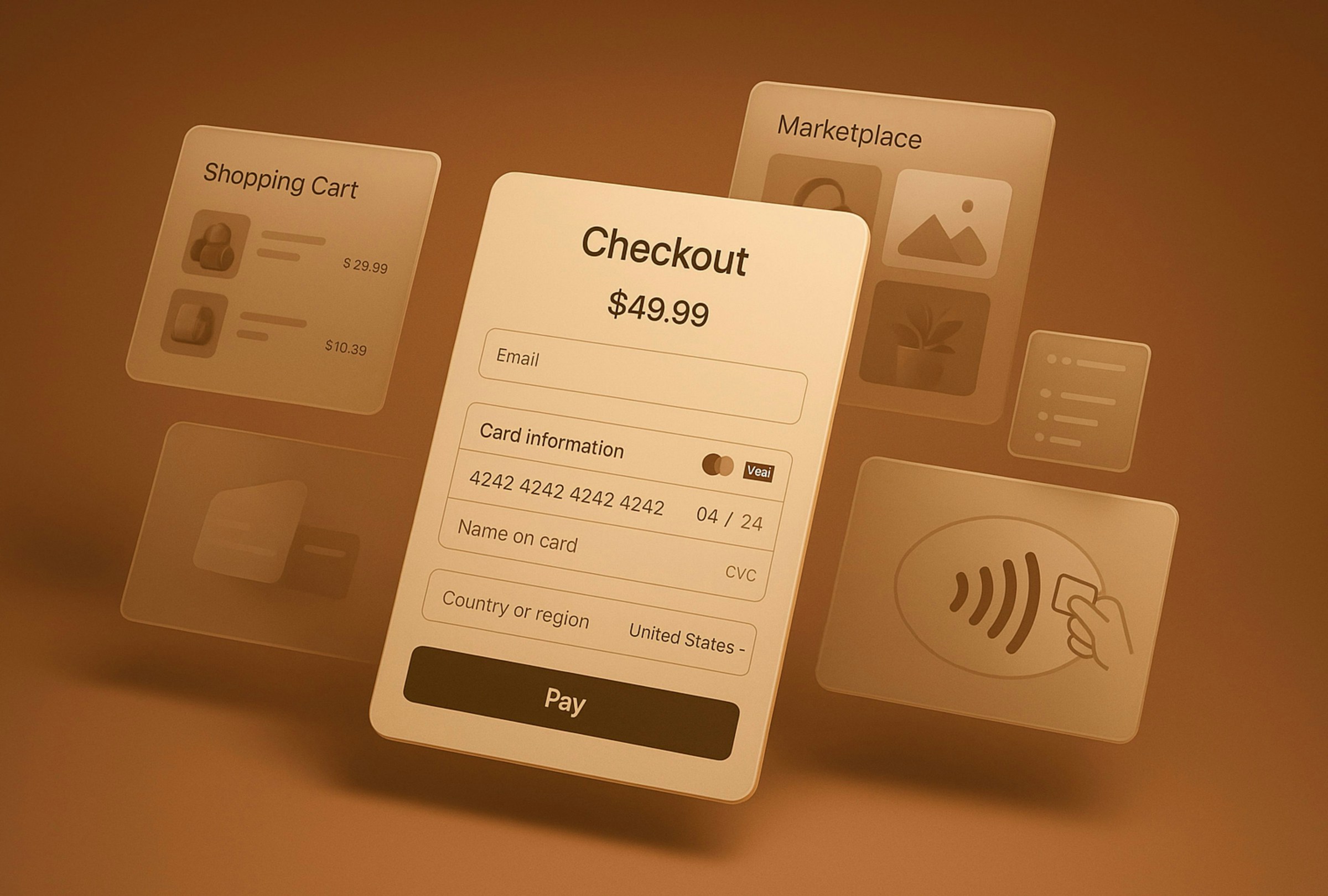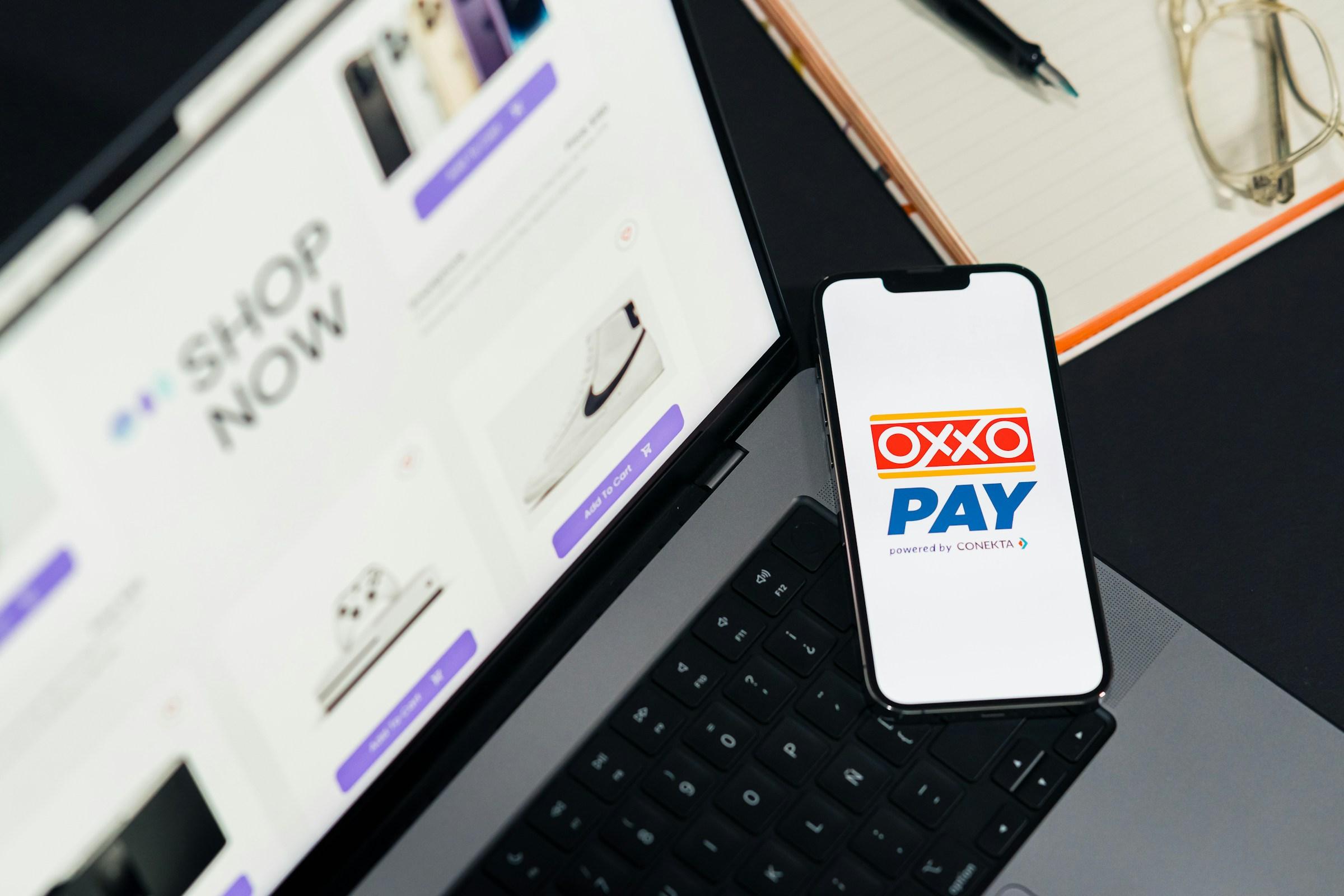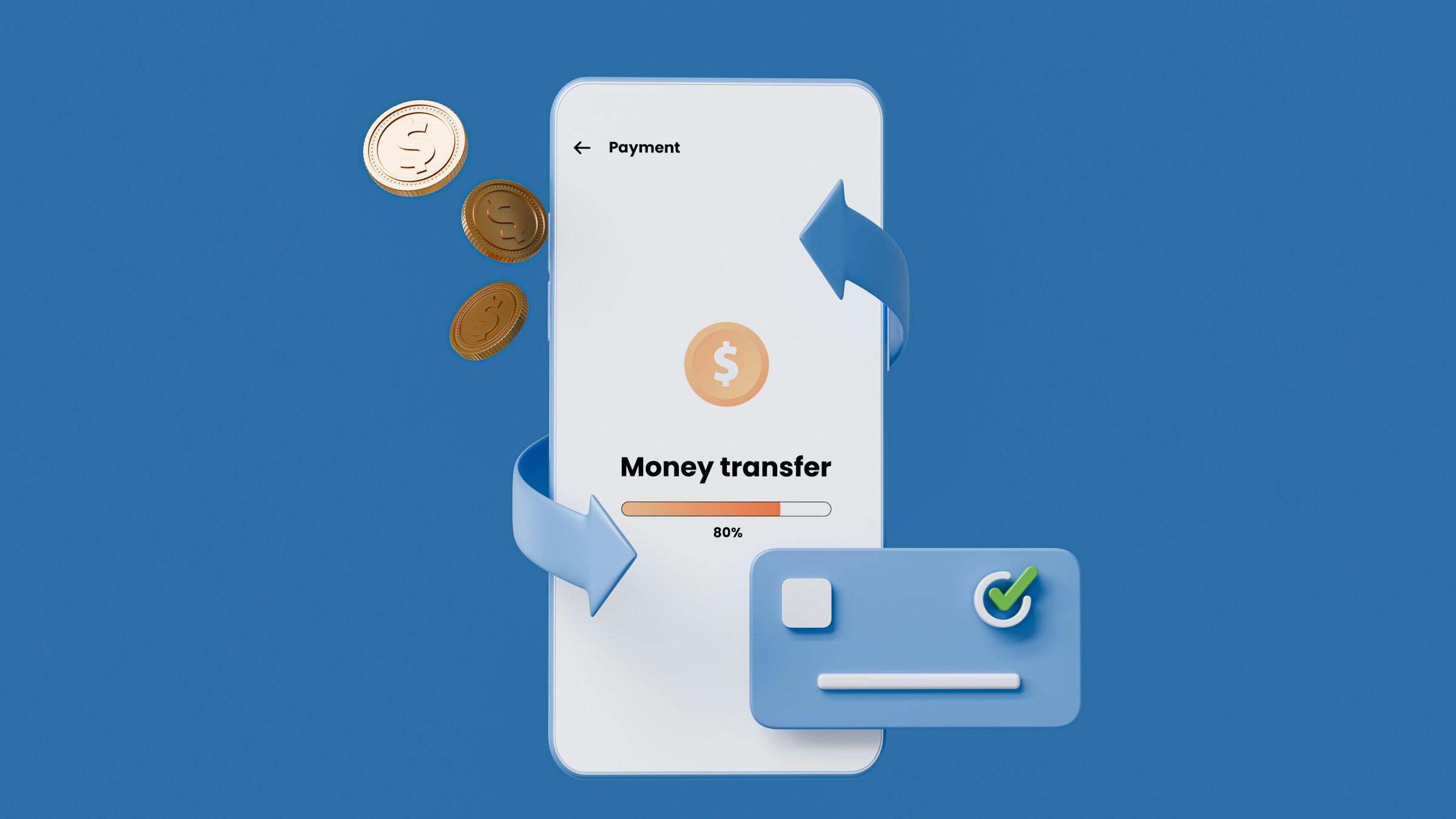Mobile payments look effortless. You unlock your phone, hold it near a terminal or scan a QR code, confirm the amount, and a receipt appears. In a few seconds, lunch is paid for and you are on your way. What feels simple on the surface hides a layered choreography of identity checks, cryptography, messaging standards, risk scoring, and bank settlement. Understanding that sequence is useful not only for curiosity, but for practical decisions about fees, security, budgeting, and travel. An informed user can choose the mix of cards, bank transfers, and stored value that actually supports a financial plan, rather than simply following habit or hype.
The journey begins on your device. A mobile wallet stores your payment credentials in a secure environment that separates sensitive data from the rest of the phone. Instead of holding your real card or account number in plain text, the wallet relies on tokenisation. A token is a stand in that maps to your actual account only inside the payment network. When you initiate a transaction, the wallet generates dynamic, single use cryptographic data that travels with the token. This is why a criminal cannot easily replay a captured transmission. Even if someone were to intercept the information for one purchase, the cryptogram would already be spent. Biometric checks such as fingerprint or face recognition ensure that the person sending the token is the authorised user. The device becomes both your card and your identity check, which reduces the need for separate passwords or signatures at the point of sale.
On the merchant side, acceptance tools have evolved quickly. A supermarket might use a traditional card terminal with contactless capability. A cafe might use a light terminal paired with a phone. An independent seller might display a static or dynamic QR code that points to a receiving account. Regardless of the front end, the merchant’s equipment packages your token and the transaction amount into a message that a payment service provider can understand. That provider acts as the merchant’s gateway to financial networks. It routes the authorisation request along the appropriate rails, applies basic fraud checks, and returns a response that lets the cashier know whether to hand over the goods.
If your mobile wallet carries a card, the request typically travels through a card network to your bank, which is called the issuer. The issuer maps the incoming token to your real card number, checks that your account is in good standing, runs a risk score based on your history and location, and verifies that you have sufficient available limit or funds. The issuer replies with an approval or a decline. This entire round trip usually takes less than two seconds. If the transaction is a QR payment that routes bank to bank on a domestic instant scheme, a central switch relays the instruction directly between participating banks. The principle is similar. The system checks identity and risk, confirms funds, and sends back a yes or no. The protocols that make these connections work are deliberately standardised so that a device from one brand can talk to a bank from another, and a merchant in one city can accept a payment from a visitor from another.
Authorisation is an important moment, but it is not the end of the story. It is a promise that money will move later. In card systems, the merchant’s provider sends a batch of completed transactions for clearing and settlement at the end of the business day. Clearing is the process of telling the issuer exactly what was authorised, down to amounts and merchant identifiers. Settlement is the actual movement of funds between the merchant’s bank, which is called the acquirer, and the issuer. For many merchants, settlement takes one or two business days, although some providers offer faster payout for a fee. In domestic instant payment schemes, clearing and settlement can happen multiple times within the day, or even in near real time, which is why QR based transfers often appear quickly in a business account.
Security threads through every step. On the device, the secure element protects cryptographic keys. In the network, tokenisation prevents merchants from ever seeing your real card number, which limits the damage if a retail database is breached. Issuers analyse behaviour to detect anomalies. If your card is used twice in two distant locations within minutes, your bank might block the second attempt. Strong customer authentication through biometrics reduces the need for one time passwords at the counter, shortening queues without relaxing standards. If you lose your phone, most wallets let you suspend or delete tokens remotely while leaving the physical card intact. That small difference matters, because you avoid the disruption of replacing a card across subscriptions and accounts unless you truly need to.
Fees and incentives shape the economics that you cannot see during a tap. Merchants pay a fee to accept card based payments, and that fee is divided among the acquirer, the card network, and the issuer. The issuer’s share helps fund fraud protection and consumer rewards. That is why cashback and points exist. Bank to bank QR schemes often have lower merchant costs, because no card network sits between the payer and the payee, although actual pricing varies by country and provider. For you as a consumer, the point of sale usually shows zero direct fee, but charges can surface later as annual card fees, foreign transaction fees, or exchange rate margins. Rewards can be valuable, but they are not free money. If a reward structure nudges you toward higher spending or less disciplined budgeting, it can harm your plan even if the rebate feels exciting in the moment. The most useful question is simple. Do the benefits support the way you already intend to spend, or are they tempting you to stretch beyond your priorities.
Cross border payments add more layers. If you travel and use your mobile wallet abroad at a terminal that accepts your network, the authorisation flow remains similar, but messages cross international links and may involve currency conversion. The network will convert the amount, and your issuer may add a foreign transaction fee. Merchants or terminals sometimes offer dynamic currency conversion, which allows you to pay in your home currency at the point of sale. The convenience can be costly because the conversion rate is often unfavourable. A traveller can protect their budget by choosing cards that use transparent exchange rates, disabling dynamic currency conversion when possible, and checking whether a domestic QR scheme is interoperable with the destination country. Regional QR links are expanding, but coverage is uneven. In practice, a blended strategy works best. Tap with a widely accepted card where reliability matters, and use local instant transfers only when both your bank and the merchant are part of the same cross border arrangement.
Peer to peer transfers illustrate how mobile payments work when there is no merchant at all. You open an app, select a contact by phone number or username, enter an amount, and confirm. Behind the scenes, a directory maps that identifier to a bank account or a stored value wallet. The system sends a credit instruction through the instant rail. The sender sees an immediate debit or hold, and the recipient sees a credit within seconds. Settlement between banks may be netted later in the day. The speed is convenient for shared meals, family support, and marketplace purchases, but the finality carries risk. Card payments offer structured chargebacks for fraud or goods not received. Instant transfers are closer to cash. If you confirm the correct recipient and authorise the payment, reversal is difficult. This is why many systems show the recipient name before the final button and why anti scam campaigns warn users to slow down when a message or call urges urgent transfers. A simple family rule can help. No one moves money because of a link in a message. Verification happens on a separate, trusted channel.
Stored value wallets occupy a space between cards and bank transfers. You can preload funds by topping up with a card or a bank transfer, then spend from the wallet balance at participating merchants or within partner apps. The result feels snappy because the app needs fewer external checks for every purchase. The trade off appears on your balance sheet. Idle funds in a wallet may earn little or no interest and may not be covered by the same deposit insurance as a bank account. If you enjoy the speed and simplicity of stored value, treat it like petty cash rather than a savings account. Set an automatic top up limit that matches a week of small transactions, not a month of living costs, and sweep down large residual balances after travel or campaigns so money does not stay scattered across multiple apps.
Disputes and consumer protection frameworks differ by rail, which affects how safe you feel in daily use. Card payments have defined rules for disputing transactions, including specific timelines and evidence standards for chargebacks. The process can be slow and paper heavy, but it exists and has been refined over decades. Instant transfers and wallet payments offer fewer formal remedies once the payer has authenticated correctly. Some schemes add cooling off prompts, name checks, and confirmation screens that make it harder to send to the wrong person, but the fundamental design prioritises speed and finality. If you are buying goods from an unknown seller, a card can be the safer method despite a slightly higher merchant fee that you never see directly. If you are settling a bill with a trusted friend, a bank to bank transfer is efficient and low cost.
Privacy is often overlooked because convenience steals attention. Every mobile payment creates data for the merchant, the service provider, the network, and the banks. Some data is necessary for fraud control and audit trails. Some is used for analytics, marketing, and product design. You can limit exposure by reviewing app permissions, turning off features you do not need, and avoiding the reflex of storing every receipt inside apps that also include social or location sharing. Aggregator apps that pull transactions from multiple sources can be powerful tools for budgeting, but they also increase your attack surface if they are configured without care. As with any data sharing, ensure that the benefits justify the concentration of information and that the provider has a clear record of security and transparency.
To make these layers concrete, imagine a cafe purchase. You tap your phone. The wallet sends a token and a unique cryptogram to the terminal. The terminal forwards the authorisation request to the merchant’s provider, which routes it to the card network. The network passes it to your bank. Your bank maps the token, checks available funds, runs a risk model, and returns an approval. The approval travels back through the network to the terminal, which prints your receipt. Hours later, the cafe closes its batch. The acquirer requests settlement from the issuer. Money moves the next business day, minus fees. On your side, the transaction shows in the wallet immediately and in your bank statement shortly thereafter. Because everything is digital, your budgeting app can pick up the transaction and classify it, reducing manual effort while keeping your plan current.
Now consider a similar purchase with a QR scheme. You open your bank app, scan the code, and see the merchant name and the amount. You approve with biometrics. The app sends an instant credit instruction through the domestic rail. The merchant sees the incoming credit within minutes. There is no card network in the middle, and fees may be lower for the business. The trade off appears if something goes wrong with the goods. Instead of a defined chargeback path, you will negotiate directly with the merchant and, if needed, your bank. For small everyday items from a familiar shop, that may be acceptable. For expensive or risky purchases, a method with stronger consumer protection can be the wiser choice.
Security hygiene is the part that sits squarely in your control. Always lock your device. Do not share your unlock code. Enable biometrics for authorisations. Turn on real time alerts in both your wallet and your bank app so you see transactions as they happen. Update your phone and wallet apps promptly because many patches address vulnerabilities. If a terminal fails and a stranger offers help, cancel and pay at the counter rather than handing over your phone. If you process refunds, make sure they return to the original method to reduce the risk of diversion. If you accept payments for a side business, use an official merchant arrangement instead of collecting personal peer to peer transfers. Proper onboarding adds reconciliation tools and dispute support that a personal account does not provide.
From a budgeting perspective, mobile payments are a mixed blessing. They make it easy to track and categorise spending, which supports honest planning. They also remove friction at the moment of choice, which can make it easier to overspend without noticing. A weekly review of your transaction feed is a powerful practice. Label anything that does not align with your plan. Look for small recurring purchases that have grown over time. Decide in advance how you will handle in app buy buttons that appear within social feeds. A short cooling off rule can separate impulse from intention. The goal is not to police every purchase. The goal is to keep your categories true so that your savings targets and debt payments receive the attention they deserve.
If you travel often or live between countries, build a payment mix with clarity. Prioritise acceptance and protection for everyday spending. Carry at least one low fee card that converts at a transparent rate and supports mobile wallets. Learn which instant schemes work across borders for peer to peer transfers or local merchants, and treat those as supportive tools, not primary methods, unless your bank confirms coverage and protections. When you return home, sweep residual balances from local wallets so money does not linger in small forgotten amounts.
In the end, the question of how a mobile payment system works is really a question about alignment. The system divides responsibilities across layers. Your device verifies you and protects tokens. The merchant initiates a standardised message. The network and the banks authorise and later settle. Risk checks run in the background, and fees compensate the parties that keep everything moving. Your task is to choose methods that match your goals. Convenience is helpful when it supports discipline. Rewards are attractive when they align with planned spending. Speed is valuable when the counterparty is trusted. Protection matters most when the amount is large or the seller is unfamiliar.
Before you rely on mobile payments for everything, pause and ask three quiet questions. How much of my spending happens in small taps that I never review. How much idle cash sits in wallets that earn little interest and may have weaker protection. How confident am I about what to do if my device is lost or a scam attempt reaches me. Simple answers guide simple adjustments. Lower automatic top up limits. Strengthen alerts. Keep a written plan for what to freeze and who to call. The smartest systems are not flashy. They are consistent, secure, and designed to serve real life. When your tools support your intentions, every tap and scan becomes another small step toward a financial life that is calm, transparent, and resilient.




.jpg&w=3840&q=75)



.jpg&w=3840&q=75)


.jpg&w=3840&q=75)


